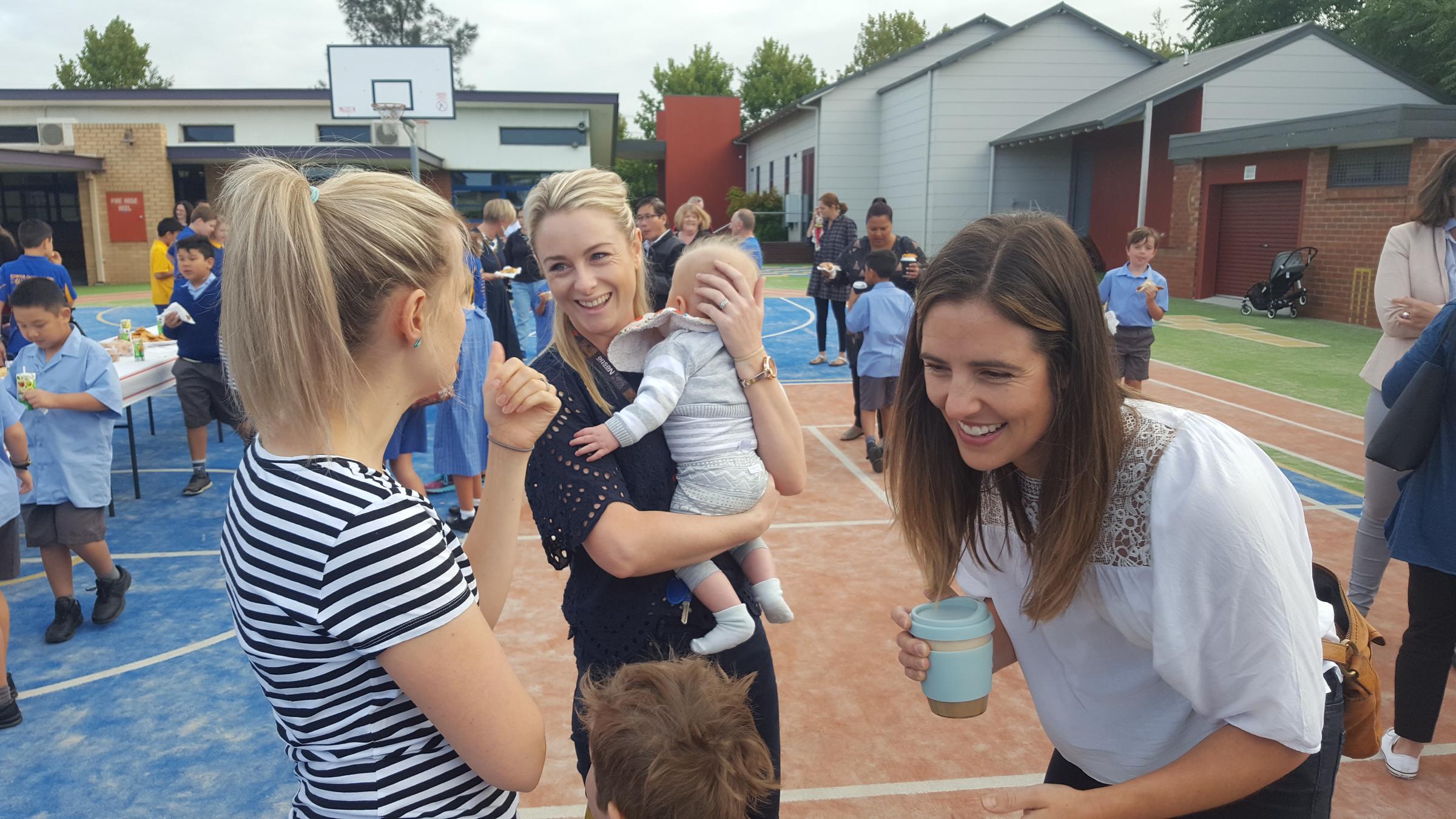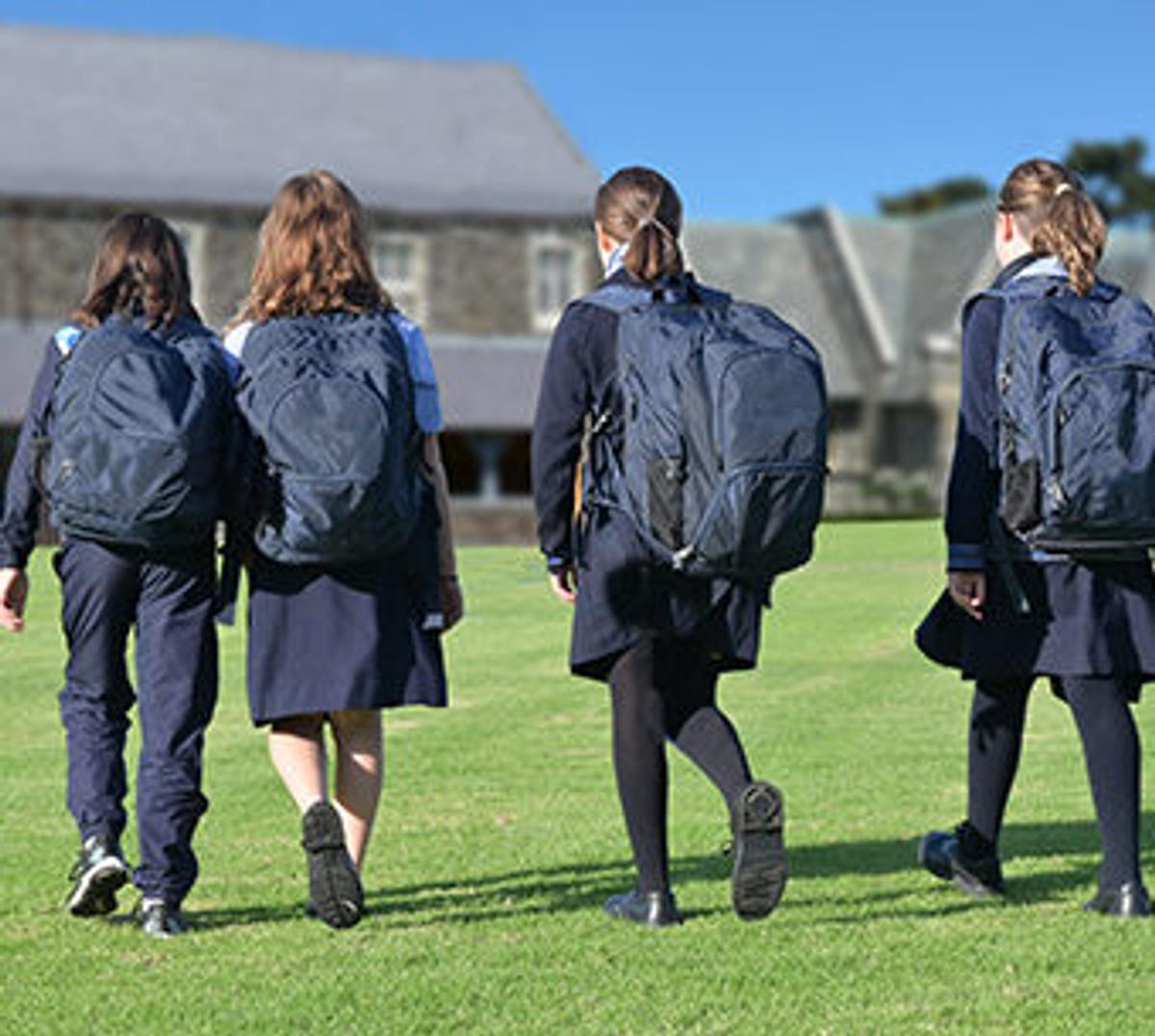Parent Partnerships

Help your Year 6 child make a smooth transition into secondary school.
A recent ACER study led by Life Ed found that a significant number of Australian students feel underprepared and nervous about the move to secondary school. That’s why Life Ed has launched a comprehensive program of free online resources to assist students make the leap from Year 6 to Year 7… and land firmly on their feet.
Check out Life Ed’s ‘Guide to Thrive’ online resources created to help with this time of change.
You’ll find the resources on the Life Ed website. They’re up-to-the-minute and fun as well as helpful. Like all Life Ed’sprograms, they’re strengths-based, building on kids’ existing skills, knowledge and optimism. A positive experience when starting secondary school leads to better academic outcomes, higher extracurricular participation and fewer behavioural, emotional and peer problems.
The resources are for teachers as well as parents and carers, so your child will be supported at home and at school.
Use these tips for navigating and using the resources.
The site is designed to be like a smorgasbord. Use as many or as few resources as you like – choose those which are right for you and your child. Navigate them page by page, or pick and choose from the menus… even download them in a format that suits your needs.
With practical videos, flyers, checklists and tips to get conversations started…. we created the resources with busy families in mind.
Make a start on the resources early in the later primary school years. You’ll have a ‘heads up’ about the decisions you’ll need to make and the conversations you might be having.
You or your child might have questions about how to do the following… just for a start!
Ease any uncertainties around change.
Set aside time together to watch the videos on managing and influencing change, and being optimistic about what the changes may bring to life… presented by kids who have successfully navigated them.
Open a dialogue with your child. Talk about your own experiences. Ask your child what their questions and concerns are. Talking helps! Continue the conversation into Year 7.
Choose the right school.
There’s a wealth of practical information about the steps families need to take when selecting and starting a new school, exactly what questions to ask and who’s available to ask.
Ask your primary school teacher which schools most students go to and where your child’s friends will be going. Ask your child what they need and want from a secondary school, and if they have a school they prefer.
Check out potential school’s websites. What do they have to offer? Will your child’s learning needs be catered to? What’s on the curriculum? Which extracurricular activities do they offer?
Reach out directly to the school asap with any questions. Do a tour of the school. Find out about uniforms, the enrolment process and practise traveling the route to the new school together.
Manage changing school workloads.
You’ll find discussion questions, tips and family interviews on the topic of time management. This includes ways to plan and organise homework, avoiding distractions like mobile phones, finding a consistently quiet place to study, andhow you can help with homework.
All this, plus the importance of extracurricular activities, which ones are available to your child and ways of fitting everything into their busy day.
Make new friends.
Feeling confident and positive about themselves helps children make good friendship choices. It also helps them say no to peer pressure and not want to hang out with people who make them feel bad about themselves. You can help your child make new friends with activities that build their confidence, resilience and communication skills. Why not work through the booklet in the resources called ‘What makes me special?’ together.
You’ll also find everything you need to know in the event of bullying, including getting help from the school or system.
With these Life Ed ‘‘Guide to Thrive’ resources, you can help your Year 6 child make the transition to secondary school smoothly.
Life Ed is Australia’s largest non-Government provider of preventive health education to school children. With thehelp of iconic mascot Healthy Harold the giraffe, Life Ed has been empowering children and young people to make safer and healthier choices for more than 40 years. We work in more than 4,000 schools and preschools across mainland Australia. On average, 700,000 school children participate in our program each year. Our 130 specially trained educators visit students in every state and territory across Australia via our 100 mobile classrooms (vans), pop-up classrooms, and via our virtual and online lessons.
AUTHOR
Cheryl Strong
Cheryl Strong is the National Marketing Manager, Education at Life Ed Australia. She is a senior marketing and communications specialist with extensive experience across multiple industries. She is passionate about working with not-for-profits that make a meaningful impact for children and young people in Australia.


